ECONYL® Makes a Difference This Earth Day + Beyond
With Earth Day coming up this Friday, April 22, running a circular economy and taking the best possible care of our one and only planet is top of mind. That sentence brings along a lot of questions with it: What is the circular economy? Why is it important? How do we achieve it? What role do designers play in a circular economy?
A circular economy is a systemic approach to economic development that’s designed to benefit businesses, society, and the environment. It’s the opposite of a linear model that creates waste in a throwaway society. Instead, a circular economy is regenerative and aims to separate the ideas of growth and consumption from one another. It minimizes the use of virgin resources, doesn’t add to pollution, and protects our health. A circular economy is the keystone to creating a sustainable society. And one of the biggest keys to creating one lies in the products we choose to purchase and use in our daily lives.
Last year we introduced you to ECONYL®, a versatile, innovative nylon that can be recycled and regenerated infinitely without reducing quality. Resource extraction, and the waste created by the process itself, are big contributors to environmental damage and climate change. ECONYL® yarn uses 100% waste materials in its manufacturing process, saving 70,000 barrels of crude oil and avoiding roughly 65,100 tons of CO2 eq. emissions for every 10,000 tons of raw material produced in comparison with standard nylon.
ECONYL® nylon is currently used by more than 2,000 brands worldwide, proving that beauty and quality are not exclusive of sustainability. And as renewable, carbon-free energy gains in popularity, a growing number of manufacturers are sourcing what were once seen as throwaway materials and using them to create new products. This not only reduces waste and energy, it makes the circular economy that much stronger. Aquafil, manufacturer of ECONYL® regenerated nylon, is a leader in this push forward.
Aquafil has been an international leader in nylon manufacturing for decades. Recognizing that the need to create and own new products is bottomless, but the planet’s resources are not, they’re the only company that produces 100% regenerated nylon yarn from waste. To create ECONYL® nylon, the brand uses a chemical recycling system as opposed to a mechanical one. Carpets, fabric scraps, industrial plastics, and fishing nets all contribute to the end product that performs exactly like brand new standard nylon. The only difference is that ECONYL® can be recycled, reused, and remolded repeatedly without ever losing quality.
For example, when it comes to breaking down the components of old carpets for use, Aquafil uses an advanced friction-based water process to disassemble them. The nylon components are then sent to Slovenia to be turned into regenerated nylon yarn. These fibers would otherwise be thrown into a landfill because the usual recycling process is so complex.
ECONYL® regenerated nylon is currently one of the most in demand yarn materials on the market, with more designers constantly learning of its capabilities. While Aquafil has done their part in creating the material, it’s up to the design community to actually use it. Environmental awareness should be part of every step of the process, with the first phase of product development determining nearly 90% of a product’s impact. Choosing innovative practices and materials is one of the most important design challenges today.
Innovative materials can carry the stigma of being too expensive or too time consuming to research. But ECONYL® brings with it creativity, flexibility, and durability, while also providing the ability to create without ever having to tap into less resources. Designers in fashion, interior, and even automotive industries have turned it into solutions that enable a commitment to sustainability. These products and projects can balance beauty, functionality, and wellness – all while caring for our planet.
To put it bluntly, these are choices that we need to be making now. Wellness considerations, investing in sustainability, benefiting from government incentives, and policies for greener spaces are all things to take into account while making these mindful decisions that are going to affect our collective future. Demand manufacturing transparency, specify innovative materials such as ECONYL® yarn, and encourage brands and clients to do the same. Join this community and the movement for the greater good.
from Design MilkInterior Design – Design Milk https://ift.tt/9dOs5Fg
via Design Milk
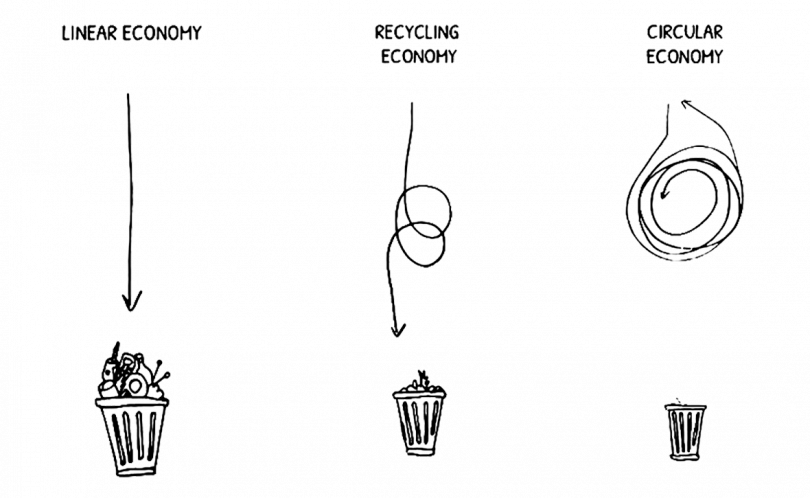
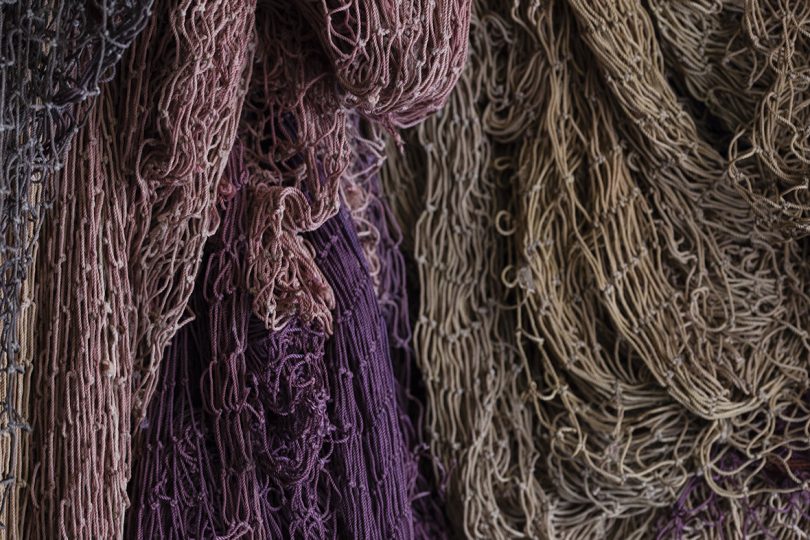
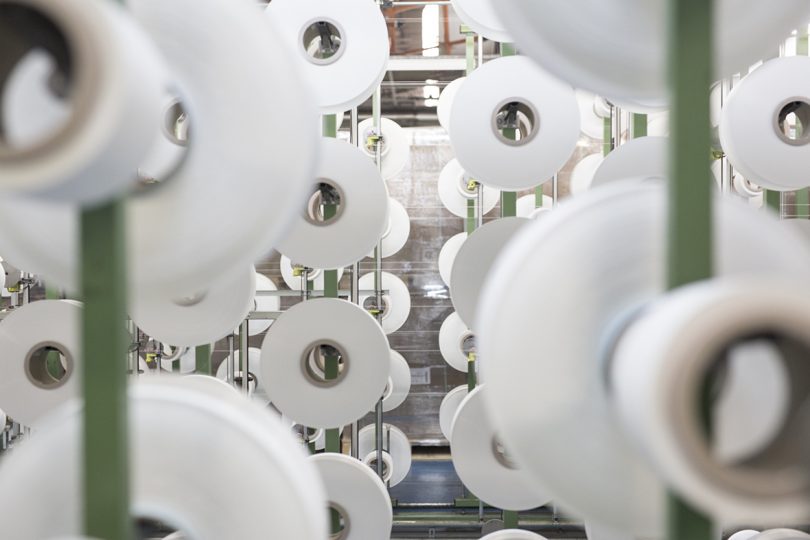
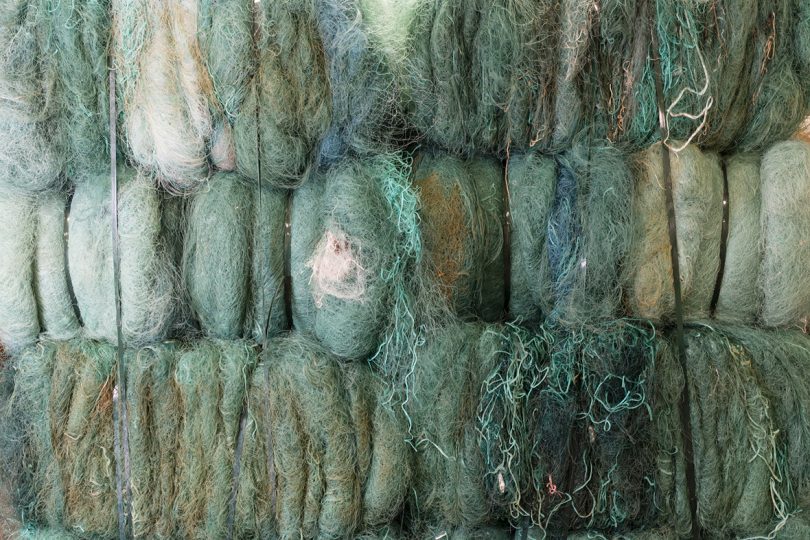
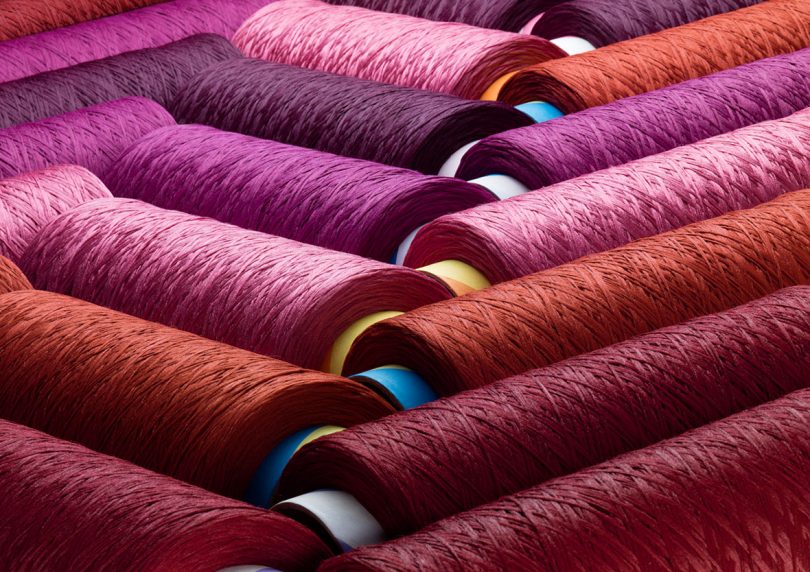
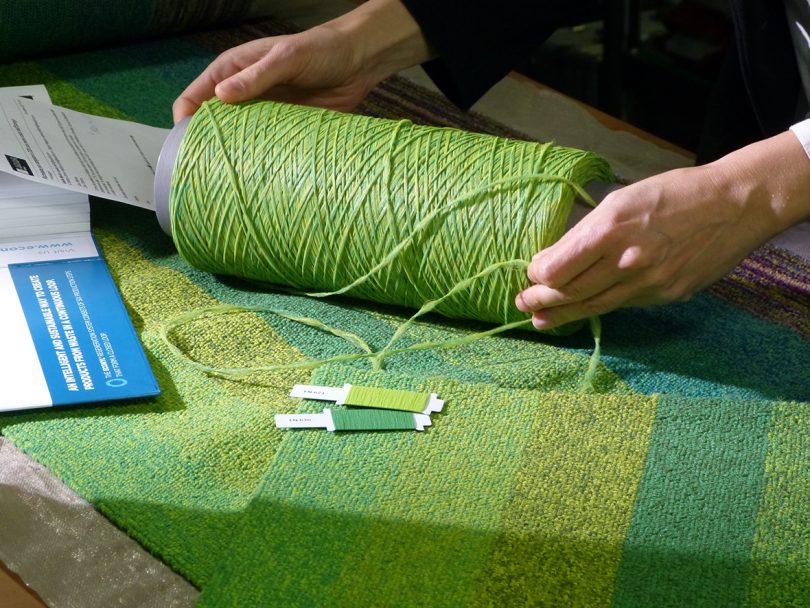
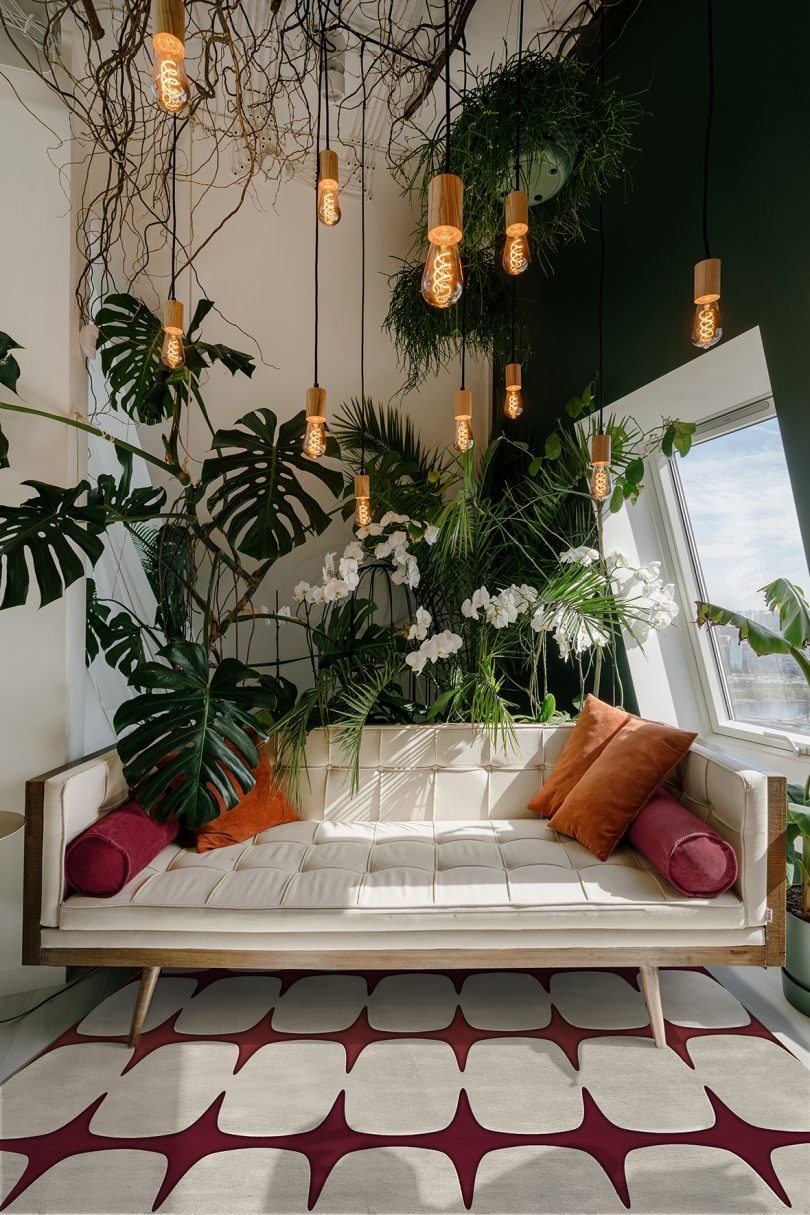
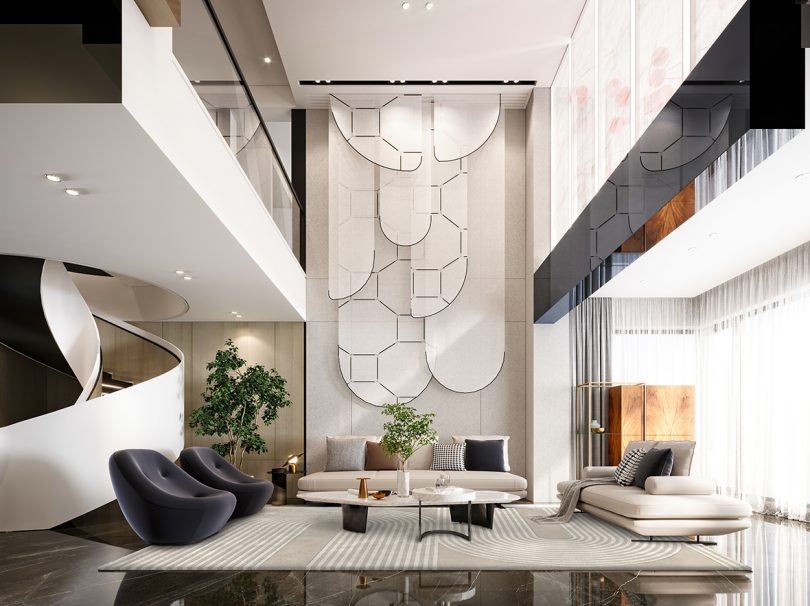
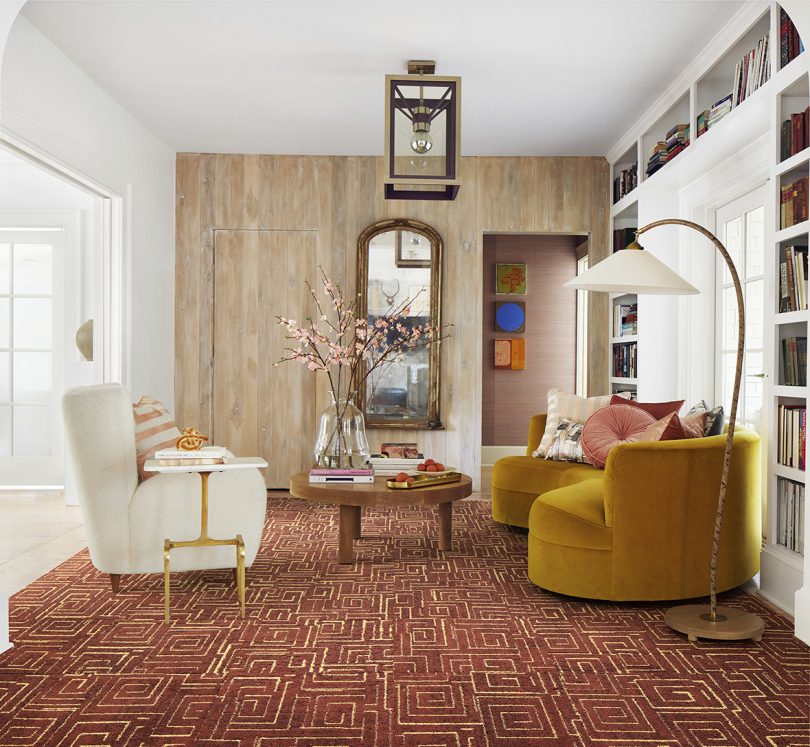
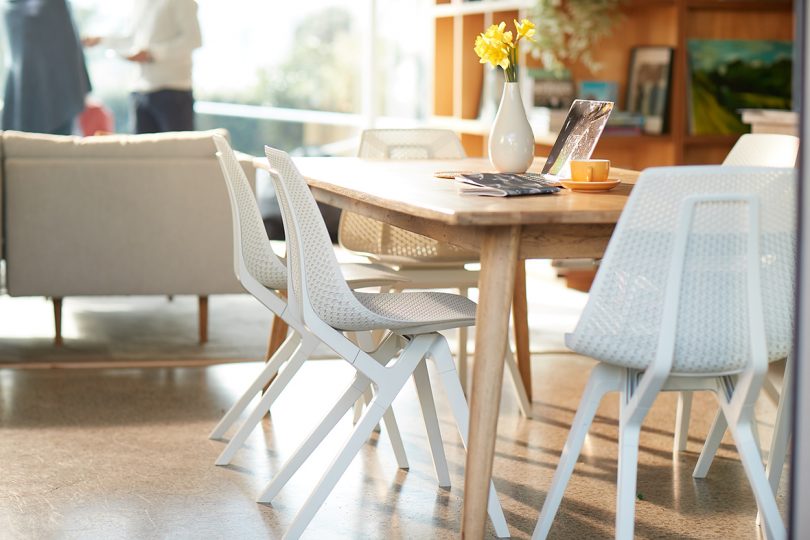

No comments